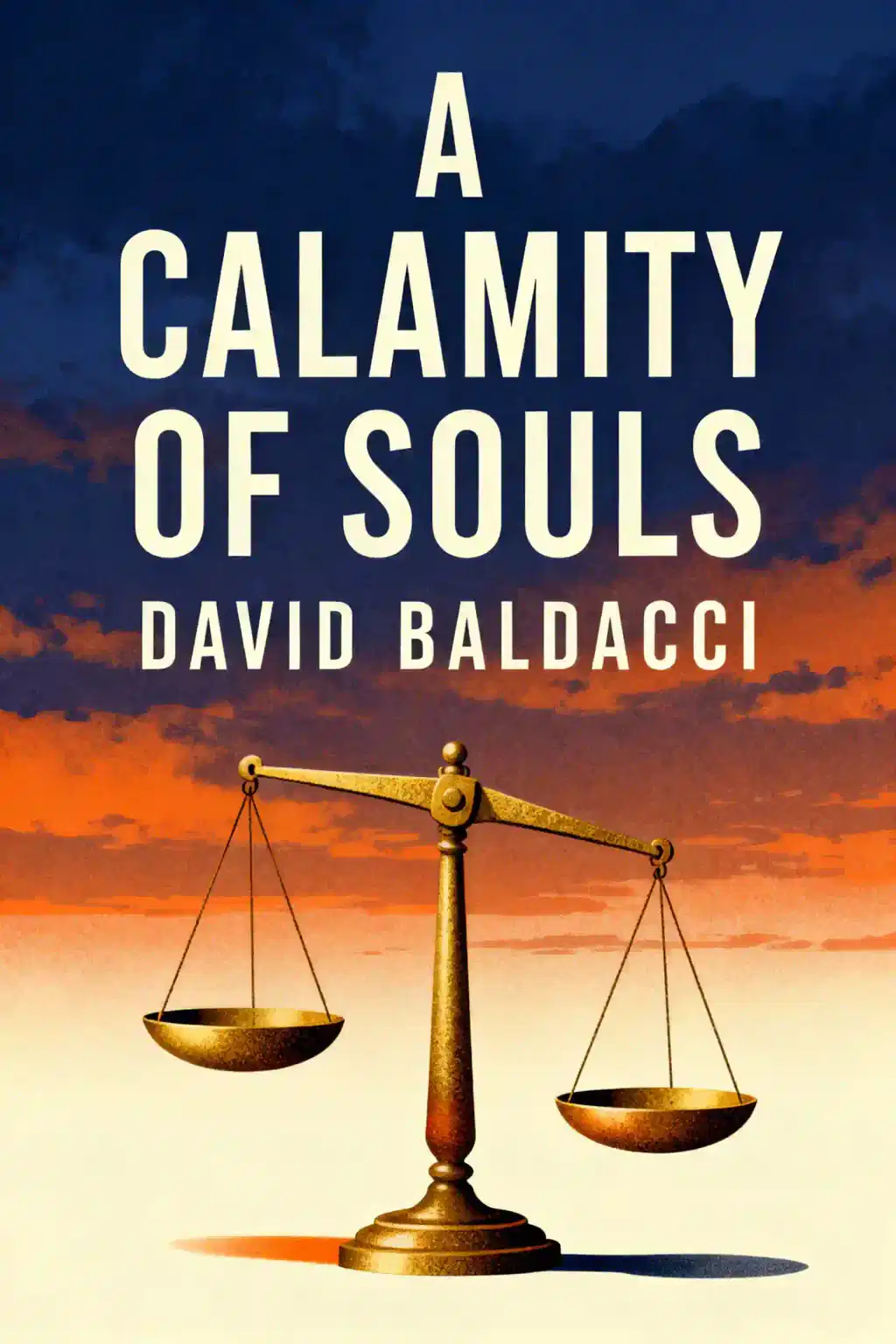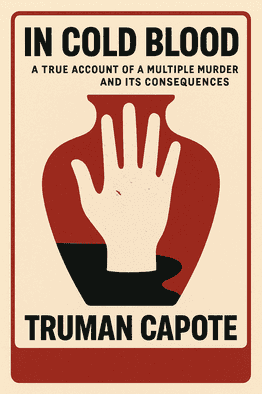What is
Blood Meridian by Cormac McCarthy about?
Blood Meridian follows a teenage runaway known as the Kid as he joins the Glanton Gang, a group of scalp hunters terrorizing the U.S.-Mexico border in the 1850s. The novel explores the brutality of westward expansion through the gang’s indiscriminate violence, led by the enigmatic and philosophical Judge Holden. It interrogates themes of human savagery, morality, and the myth of American progress, blending historical realism with existential dread.
Who should read
Blood Meridian?
Fans of literary fiction, dark philosophical themes, and Cormac McCarthy’s stark prose will find Blood Meridian compelling. It suits readers interested in anti-Westerns, historical violence, or critiques of Manifest Destiny. Note: The novel’s graphic depictions of brutality make it unsuitable for sensitive audiences.
Is
Blood Meridian worth reading?
Widely regarded as McCarthy’s masterpiece and a landmark in American literature, Blood Meridian is essential for its poetic prose and unflinching exploration of human nature. However, its extreme violence and bleak worldview may challenge some readers.
Who is Judge Holden in
Blood Meridian?
Judge Holden is a hairless, erudite antagonist who orchestrates the Glanton Gang’s violence. Symbolizing innate human cruelty and intellectualized evil, he espouses a nihilistic philosophy that war and domination are life’s fundamental truths. His ambiguous, almost supernatural presence fuels debates about whether he represents Satan, a demigod, or pure amorality.
How does
Blood Meridian subvert the Western genre?
McCarthy dismantles Western tropes by portraying settlers as genocidal marauders, not heroes. The Glanton Gang’s indiscriminate slaughter of Native Americans, Mexicans, and settlers exposes the barbarism underpinning America’s “civilizing” mission, rejecting romanticized frontier narratives.
What is the historical basis for
Blood Meridian?
The novel draws from Samuel Chamberlain’s memoir My Confession, which details his time with the real Glanton Gang. McCarthy blends historical events—like John Glanton’s death at Yuma—with mythic allegory to critique Manifest Destiny.
What are the main themes in
Blood Meridian?
- Violence as intrinsic: War and brutality are portrayed as humanity’s natural state.
- Moral ambiguity: No heroes exist; even the Kid participates in atrocities.
- Existential nihilism: Judge Holden’s ideology denies meaning beyond survival and dominance.
How does Cormac McCarthy portray violence in the novel?
Violence in Blood Meridian is relentless and metaphysical, reflecting McCarthy’s view of it as an inescapable human impulse. Battles, scalping, and massacres are described with biblical grandeur, emphasizing their cyclical, ritualistic nature rather than moral judgment.
What philosophical ideas are explored in
Blood Meridian?
Judge Holden’s monologues argue that war is life’s ultimate purpose and that morality is a delusion. The novel questions whether enlightenment and barbarism coexist, suggesting civilization merely masks humanity’s primal instincts.
What criticisms exist about
Blood Meridian?
Critics debate whether its excessive violence glorifies savagery or serves as a moral critique. Some find its pacing uneven and characters emotionally distant, while others argue its bleakness offers no redemption or hope.
How does
Blood Meridian end, and what does it mean?
The novel concludes with the Judge dancing naked in a bar, claiming he’ll never die. This ambiguous ending reinforces his symbolic role as an eternal force of chaos, suggesting evil persists beyond individual lives.
Why is
Blood Meridian considered a modern classic?
Praised for its lyrical prose and thematic depth, Blood Meridian redefined the Western genre and solidified McCarthy’s reputation. Its exploration of violence, power, and human nature resonates with contemporary discussions about morality and history.














